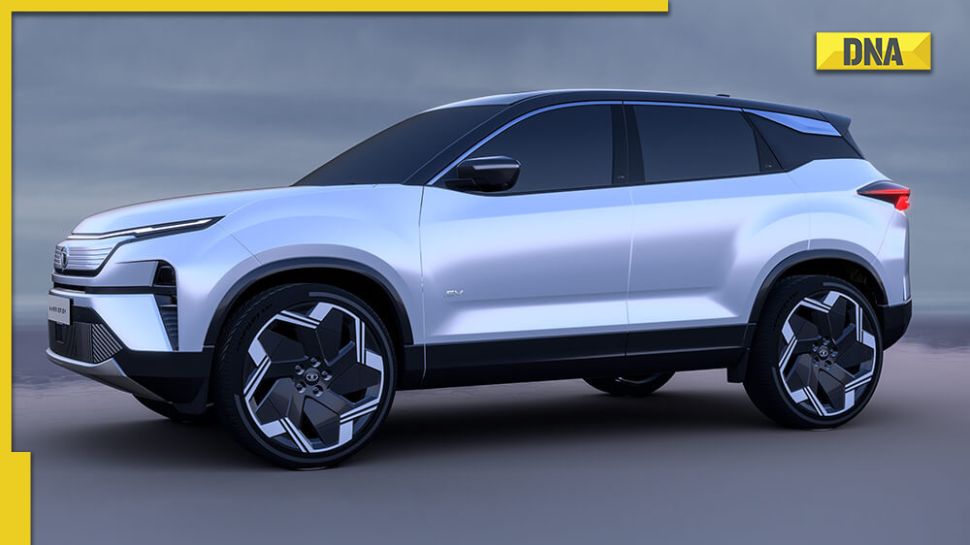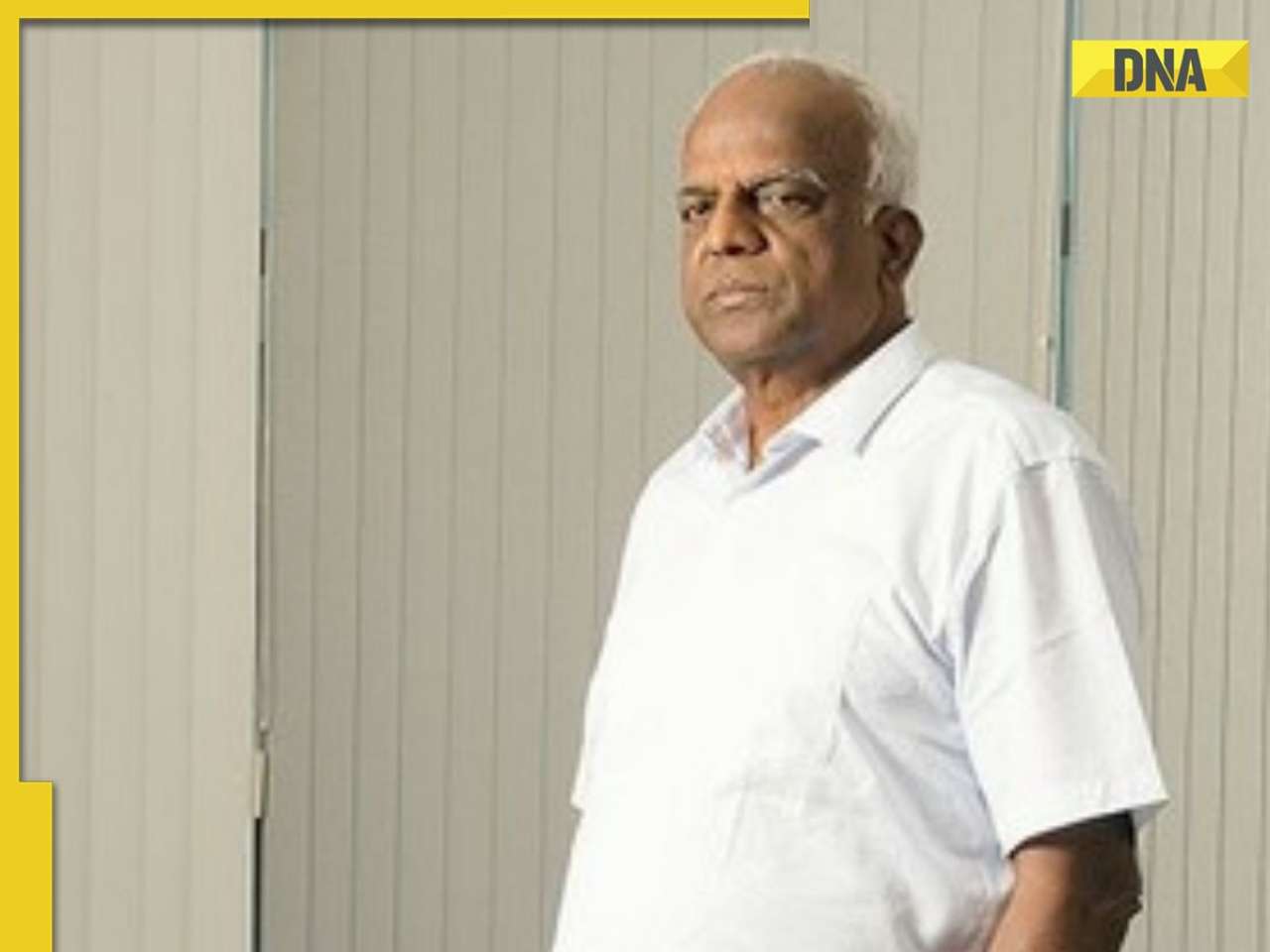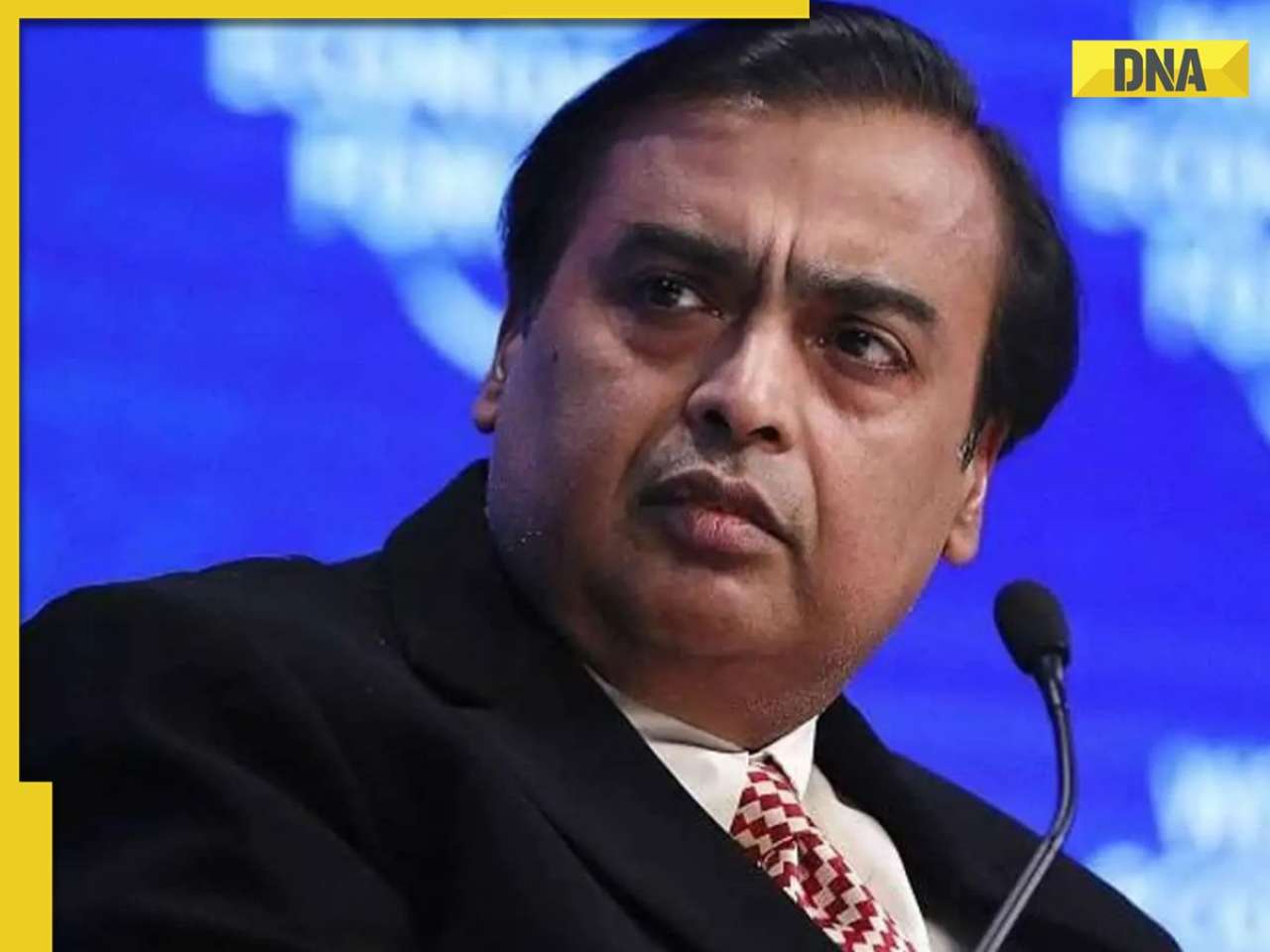- LATEST
- WEBSTORY
- TRENDING
AUTOMOBILE
Tata Motors likely to launch Harrier EV in 2024, details here
Harrier EV was unveiled by Tata Motors at the Auto Expo 2023, but details about its performance and range have yet to be revealed.
TRENDING NOW
Tata Motors displayed the Harrier EV at the Auto Expo 2023. Tata Motors has been the market leader in the electric vehicle industry with models such as the Nexon EV, Tiago EV, and Tigor EV. Tata Motors is projected to maintain its dominance in the electric vehicle category in the long term with concepts such as the Harrier EV, Sierra EV, and Avinya.
When it comes to the Harrier EV, the majority of the sheet metal is retained the same as the Harrier diesel. The front fascia has been updated. Since it doesn't need a large amount of air intake, the grille has been closed. The horizontal slats on this new, closed grille are visually fascinating.
A bottom grille made up of several vertical slats is placed below it to allow for airflow and to cool the batteries. The vehicle also has front parking sensors. The most noticeable difference when comparing it to the ICE Harrier is the sleek and futuristic triangular shape of the headlights. LED daytime running lights (DRLs) sit above the headlights and are more compact than the previous Harrier's DRLs.
The fuel tank space will also be improved upon, lightened, and made more efficient. The SUVs have a similar silhouette to their internal combustion engine counterparts, but the final production models will almost probably have more EV-specific design features. It's time for an upgrade for both of these SUVs.
Also, READ: Layoff spree continues: US-based carmaker Ford Motors plans to cut 3,200 jobs
Gen II EV architecture, an improvement over Gen I's implementation in the Nexon EV, will be included in the Harrier EV. The battery pack is predicted to be anywhere between 60 kWh and 80 kWh, providing a maximum range of about 500 kilometres. Maximum power and torque are estimated to be approximately 200 PS and 400 Nm, respectively. It's quite improbable that the benchmark of 10 seconds to reach 100 km/h will be achieved.
In the near future, Mahindra will release an electric attack that will include the Born family of SUVs and the British-designed XUV700 Electric, which the Harrier EV twins will have to contend with.







)
)
)
)
)
)
)
)
)
)
)
)
)
)
)
)



























































